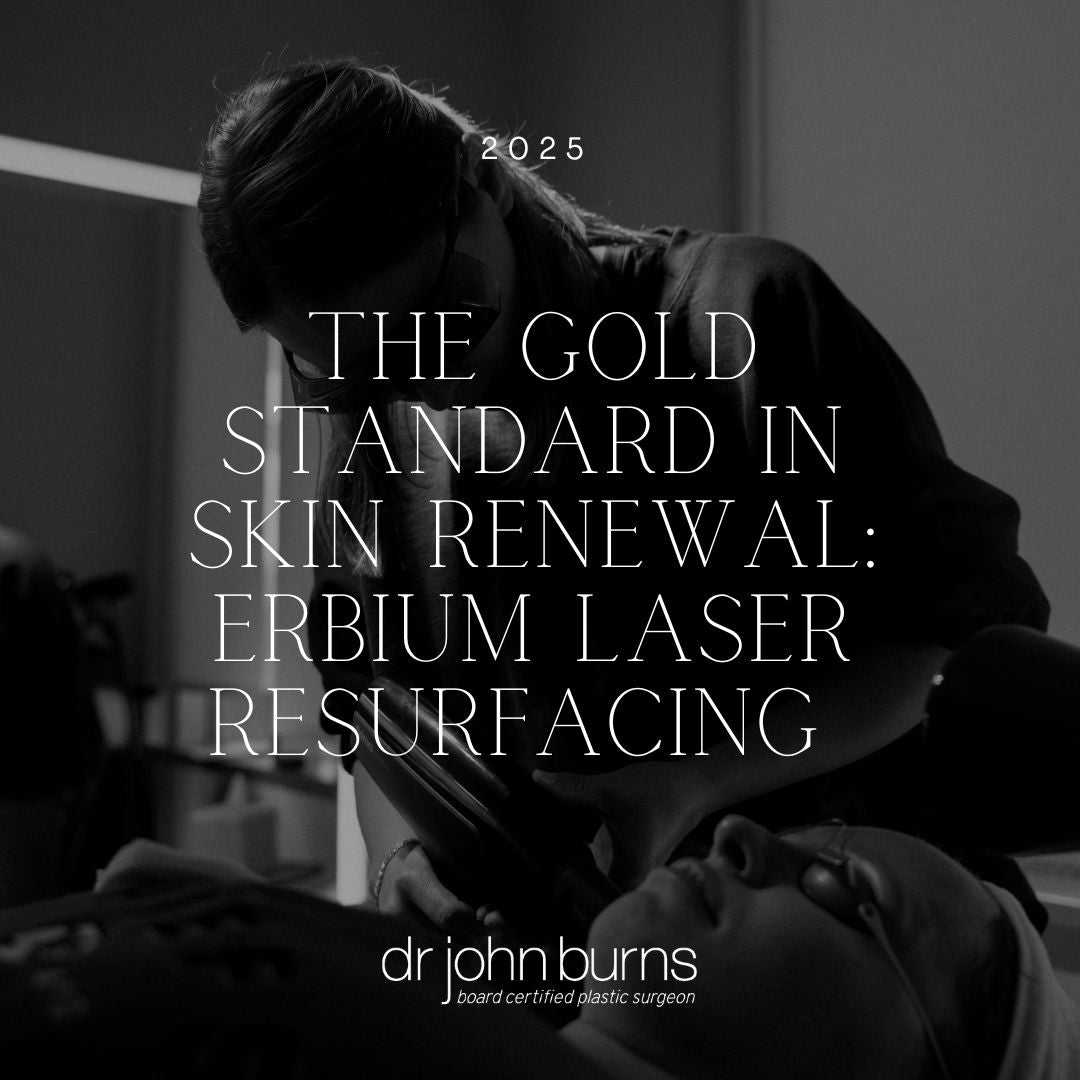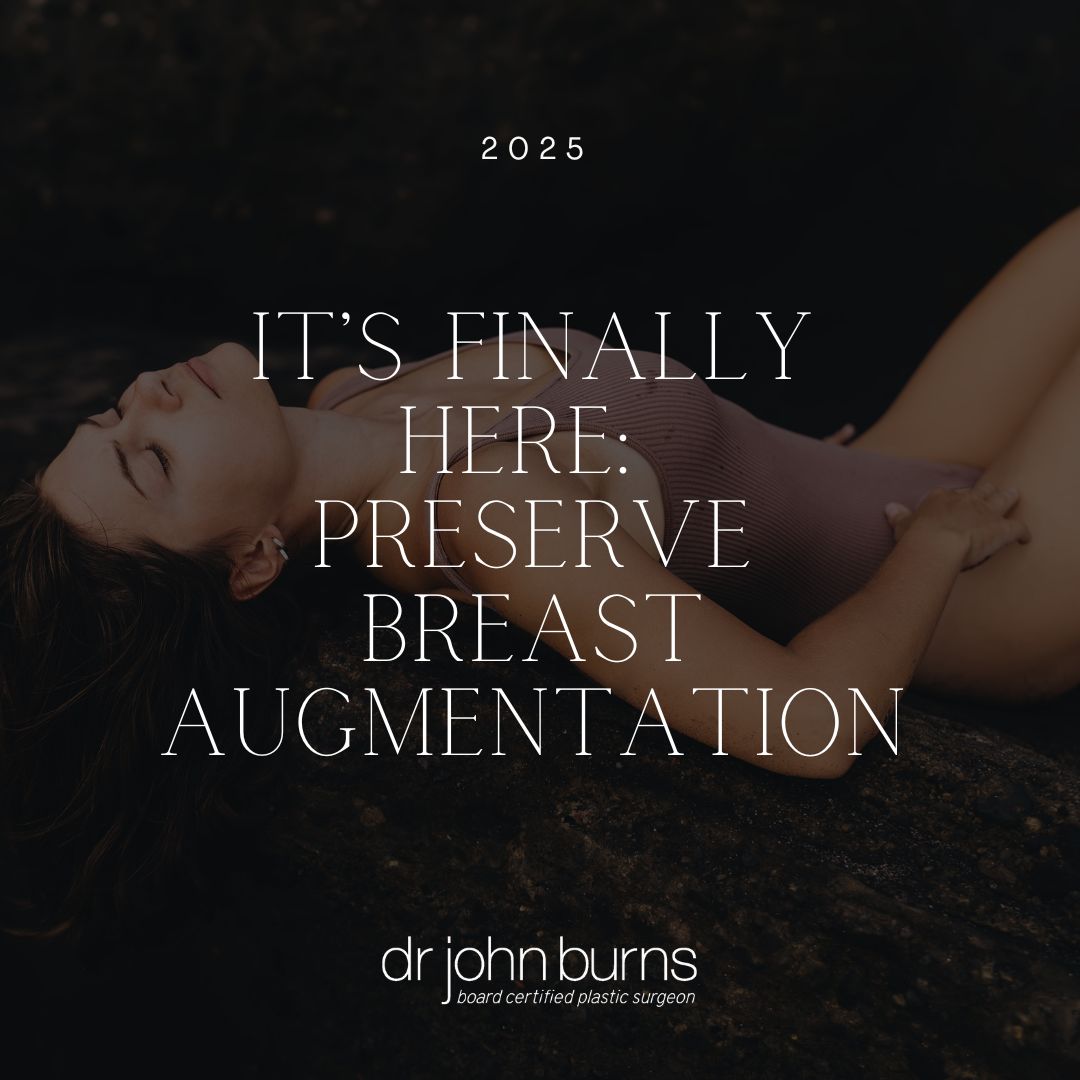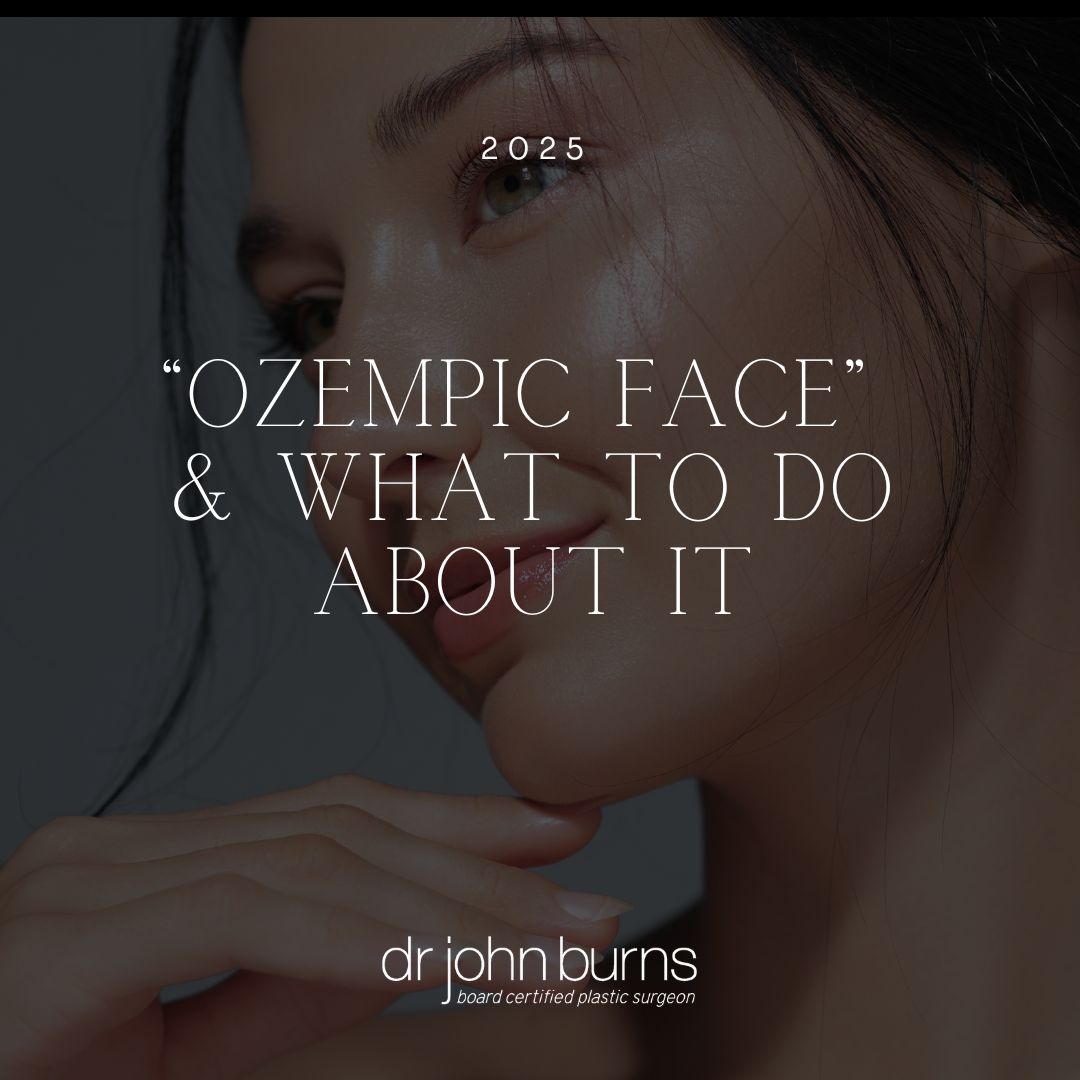March 2025
Teen, Adult, or Later in Life: The Best Age for Rhinoplasty Explained
Deciding to get rhinoplasty is a big step — one that deserves careful thought. If you’re wondering when the right time might be, you’re not alone. Let’s break it down in a way that’s easy to understand, covering everything from the ideal age to emotional readiness and recovery.
Rhinoplasty can enhance facial harmony but requires careful consideration of physical and emotional maturity. Understanding the implications of age can help potential candidates make informed decisions. Here I'm reviewing the best age to get rhinoplasty, examining key considerations around age and mental readiness, and the recovery processes to assist anyone considering a nose job.
Key Considerations in Rhinoplasty
The ideal age for rhinoplasty is when facial growth is complete: around ages 15-16 for girls and 17-18 for boys. Operating before the nose fully develops may lead to complications and inconsistent results. Physical development and facial structure maturity are essential to achieve optimal outcomes in cosmetic rhinoplasty.
Emotional maturity is equally critical. Patients should understand the implications of altering their appearance and be prepared for the healing process. For those under 18, an initial consultation should involve parental guidance and legal consent, highlighting the importance of informed decision-making.
A qualified plastic surgeon with experience in rhinoplasty will discuss the patient's motivations and goals, ensuring realistic expectations and personalized treatment outcomes. Consider this checklist when considering rhinoplasty:
-Complete physical development
-Emotional readiness
-Understanding of surgical implications
-Parental involvement (if under 18)
Patients can make informed decisions about cosmetic nose surgery by addressing these key considerations.
Read More: Choosing The Right Rhinoplasty For You
The Minimum Age Requirement For A Nose Job
The minimum age for rhinoplasty generally falls between 16 to 18 years, influenced by facial growth completion. Girls typically achieve facial maturity around ages 15-16, while boys reach this around 17-18. Surgeons assess individual facial maturity to ensure patients' growth is complete for optimal rhinoplasty results.
Teen patients considering rhinoplasty need to exhibit emotional maturity and comprehension of surgical risks. Though most patients are aged 18-40, there isn't a strict upper age limit, as long as health and growth criteria are met. Some teenagers may qualify for rhinoplasty between 14-17 years, but this is uncommon due to ongoing facial development, requiring parental involvement in decision-making.
Legal Consent for Minors
Minors under 18 must secure parental consent for elective procedures like rhinoplasty. The age restriction ensures candidates can make informed decisions about their surgery. During the initial consultation, parental participation is mandatory to help minors grasp the surgery's implications.
Parental involvement guides teenagers in setting realistic expectations and offers emotional support throughout the decision-making process. Without legal consent from parents, the surgery cannot proceed, underscoring the significance of parental role in a minor's decision for rhinoplasty.
Parental Guidance & Consent Is Essential
For minors contemplating rhinoplasty, parental guidance is crucial for offering support and understanding the surgery's implications. Parents or guardians must be present during the initial consultation to ensure informed consent and comprehension of the process.
Legal consent from parents is mandatory, emphasizing the critical role of parental emotional and legal backing throughout the surgical journey. Parents aid in setting realistic expectations, while also evaluating their child's emotional maturity and readiness for the procedure.
3 Tips For Finding The Best Rhinoplasty Surgeon
Age Groups and Rhinoplasty
Rhinoplasty is a popular procedure across various age groups, with most patients falling between 18 and 40 years old. In 2020, about 31% of rhinoplasties were performed on individuals aged 20 to 29. Timing hinges on factors like facial development and emotional maturity, making consultation with a plastic surgeon essential before deciding on surgery.
ASPS Rhinoplasty Statistics

Teenagers
Teenage rhinoplasty candidates must wait until their nose has fully developed—around 15 to 16 for females and 16 to 17 for males. Emotional readiness and realistic expectations are equally critical. Proper timing can enhance teenagers' self-esteem and confidence, but requires meticulous evaluation of facial growth to prevent complications and avoid revision surgeries.
Rhinoplasty Galleries: Before And After

Young Adults
For young adults, the best age for rhinoplasty typically coincides with the end of facial growth. Emotional and psychological maturity should align with physical readiness for optimal outcomes. A skilled surgeon's assessment is key, ensuring the young adult is ready for both the procedure and its permanent results.

Mid-lifers
Many opt for rhinoplasty later in life to address longstanding aesthetic concerns or age-related changes. There is no upper age limit, provided the individual is in good health. Comprehensive discussions with a plastic surgeon are vital to address any medical conditions, financial readiness, and potential emotional impacts stemming from changes in their established appearance.
Research Rhinoplasty with Dr. John Burns

Older Adults
Mature adults can safely undergo rhinoplasty to improve nasal function and restore facial balance, provided they are in good health. The nose's physiological changes post-60 may influence surgical procedures and outcomes. With greater financial and emotional stability, older patients often experience higher satisfaction and typically manage recovery more effectively due to flexible schedules.
Research Male Rhinoplasty
Why Physical Maturity Matters
Understanding physical maturity is vital when determining the best age for rhinoplasty. Most individuals reach full nasal development during their teenage years, influencing the timing for cosmetic nose surgery. Girls usually complete nasal maturity around ages 15-16, while boys do so at 16-18. Undertaking rhinoplasty before this stage can result in complications, as ongoing facial growth may alter surgical outcomes over time. Hence, evaluating physical maturity before proceeding with surgery is crucial to ensure optimal results and minimize the risk of revision surgery.
Facial Development Stages
Facial maturity commonly happens around age 16 for girls and age 17 for boys, a point when the nose is typically fully grown. Age 18 is generally recognized as the acceptable minimum age for rhinoplasty, aligning with the end of facial growth. Each individual's development varies; some may fully mature by 15 or 16, while others may not be ready until 18. A thorough assessment of an individual's facial and emotional maturity is essential for determining their readiness for cosmetic rhinoplasty.
You Need To Be Emotionally Ready For Surgery
Assessing emotional readiness is crucial for patients considering rhinoplasty. Young patients, particularly teenagers, must harbor realistic expectations, understanding that surgery won't drastically change social dynamics. Emotional preparedness involves acknowledging potential post-surgery emotional challenges, making a strong support network indispensable. Patients should evaluate their motivations, ensuring they pursue the surgery for personal satisfaction rather than external pressures. A comprehensive understanding of the procedure and the healing process ensures patients are well-prepared for upcoming changes.
Emotional Readiness of Teens
Emotional maturity is essential for young patients considering rhinoplasty. It helps manage expectations and adapt to post-surgery changes effectively. Patients need a realistic understanding of what rhinoplasty can and cannot achieve, which is key to maintaining self-esteem.
Teenagers should pursue rhinoplasty for personal reasons, not external pressures from peers or family. A strong support network, including family and friends, enhances recovery and boosts overall satisfaction with the results. Comprehensive discussions with healthcare providers about the implications of surgery are crucial for informed decision-making.
Body Image and Self-Esteem
Psychological readiness significantly impacts rhinoplasty's success. Emotional maturity influences a patient's ability to adapt to physical changes post-surgery. Teenagers usually seek rhinoplasty to address insecurities about their nose's size, shape, or proportion, which can boost self-esteem and confidence.
Realistic expectations are critical for post-surgery self-image. Patients should carefully consider the potential risks and limitations of the procedure. This understanding leads to a more positive attitude towards one's appearance afterward. Approaching rhinoplasty with a positive outlook enhances satisfaction with the results.
Why Realistic Expectations Are Important
Adolescents considering rhinoplasty must have realistic expectations, and understand the permanent nature of the changes. The procedure refines facial features without altering one's identity. Emotional readiness is as important as physical readiness for surgery, requiring teens to accept the associated changes.
A consistent desire for cosmetic nose surgery over time is crucial. Younger patients should understand the benefits, risks, and limitations of rhinoplasty. Sensible expectations about life changes post-surgery are necessary, ensuring they have the maturity to handle discomfort and temporary changes during the healing process.
Why Choose Dr. Burns For Your Rhinoplasty Procedure-
Recovery Process Across Age Groups
Recovery from rhinoplasty varies by age group, with generally quicker healing observed in younger patients. This is due to better skin elasticity and overall health in younger individuals compared to older patients. The initial healing phase in the first week is marked by swelling and bruising, with many resuming normal activities shortly after.
For all age groups, strenuous activities should be postponed for 4-6 weeks to allow proper healing. Full results from rhinoplasty may take up to a year to manifest as any remaining swelling reduces over time. Adherence to post-operative care instructions is critical for a smooth recovery and achieving optimal results.
Post-operative Care for Teenagers
Teenagers require attentive post-operative care to ensure proper healing and reduce complications. Emotional readiness is vital, as teens need to comprehend the surgery's life-changing effects and set realistic expectations. Open discussions with parents and the plastic surgeon are essential in ensuring emotional maturity in decision-making.
Support during recovery is crucial, as changes in self-esteem and confidence levels can occur. For teenagers undergoing rhinoplasty for functional issues, specific instructions may include breathing facilitation to enhance recovery. Understanding and adhering to these guidelines can significantly improve the healing process.
Recovery for Young Adults
Young adults usually experience faster recovery due to quicker tissue healing, reducing downtime after rhinoplasty. While the initial shape changes quickly, the nose's form will continue to refine for several months post-surgery. Understanding the long-term nature of results is essential for setting realistic expectations.
Emotional preparedness and a robust support network contribute significantly to recovery satisfaction and experience. Parents and young adults should engage in thorough discussions about the procedure, ensuring decisions are driven by informed motivations. Proper support and preparation lead to more satisfying outcomes and smoother recoveries.
Mid-age and Senior Recovery Expectations
Older individuals can still be suitable candidates for rhinoplasty if they maintain good health. Even with thinning nasal cartilage and decreased elasticity, rhinoplasty can effectively address breathing issues, enhance facial symmetry, and rejuvenate the facial appearance. Avoiding strenuous activities during the initial recovery stage is advisable for optimal healing.
Typically, returning to work or normal routines is feasible within 1 to 2 weeks, depending on individual recovery rates. Full results may be seen over several months as the nose gradually adjusts and refines. Awareness of these expectations among older patients supports realistic surgical outcomes and patient satisfaction.
Risks and Benefits of Early Rhinoplasty
Rhinoplasty can be performed safely once facial growth is complete, typically by age 16 for girls and 17 for boys. Early rhinoplasty benefits include quicker healing, increased self-esteem, and long-term aesthetic results. Addressing nasal irregularities early can alleviate self-consciousness and improve breathing, enhancing the quality of life for young patients.
Benefits of Early Rhinoplasty:
Quick Recovery: Younger individuals generally heal faster.
Self-Esteem Boost: Addressing appearance concerns can significantly improve confidence.
Long-Lasting Results: Procedural outcomes hold up well over time.
Improved Breathing: Early intervention can resolve breathing issues linked to nasal structure.
However, patients must consider potential risks. While the advantages are substantial, the decision should ideally involve an initial consultation with a qualified facial plastic surgeon. They will evaluate physical development and ensure the patient is a suitable candidate for cosmetic rhinoplasty. Additionally, understanding the healing process and any manageable risks is crucial for setting realistic expectations.
Alternative Options to Rhinoplasty
For those seeking to improve their nose shape without surgery, non-surgical alternatives offer appealing options. These methods can be suitable for individuals at different ages who prefer to avoid invasive procedures. It's crucial to remember that while these options carry fewer risks than surgery, they have limitations that require setting realistic expectations.
Non-Surgical Solutions
Injectable fillers are a popular choice for temporary nose reshaping. These fillers can enhance the appearance of proportionality but must be reapplied periodically. Non-invasive reshaping tools and topical products may provide gradual changes over time, appealing to those who wish to avoid surgery. These solutions are especially attractive to younger individuals who are not ready for the permanent alterations involved with surgical rhinoplasty.
Research Liquid Rhinoplasty
Timing Considerations
The best age for rhinoplasty coincides with the end of nasal development—around 15-16 years for girls and 17-18 years for boys. Performing rhinoplasty before this age may result in complications due to ongoing growth. Emotional maturity is crucial for teenagers considering this surgery, as it significantly affects their appearance and self-esteem. Most rhinoplasty patients are adults between 18 and 40, with many in their 20s. Minors require parental consent, ensuring both support and compliance with legal requirements.
Making an Informed Decision
When considering rhinoplasty, selecting the right age is vital. Generally, the recommended age range is between 16 and 35, allowing for complete physical development and better healing. Females as young as 15 and males at 16 may qualify when their facial structure is fully developed. Nonetheless, individual consultation with a facial plastic surgeon is crucial to accommodate personal circumstances.
It's vital to assess emotional maturity and manage expectations before committing to cosmetic nose surgery. These factors contribute significantly to patient satisfaction, particularly in younger individuals. Most rhinoplasty candidates fall between 18 and 40 years, but age is only one aspect. Comprehensive research regarding overall health, potential complications, and the healing process is also important.
Patients should prioritize an initial consultation to understand whether they meet the overall health criteria. Ensuring emotional readiness and realistic expectations adds to a successful outcome. Ultimately, while late teens and beyond might be suitable ages, thoughtful preparation and expert guidance are key to making an informed decision on proceeding with cosmetic rhinoplasty.

With over 22 years of experience, Dr. John Burns is a board-certified plastic surgeon and a nationally recognized rhinoplasty expert in Dallas, Texas.
You deserve to feel confident about your facial appearance- that includes your nose profile and appearance. Are you ready to take the next step? Schedule a complimentary consultation with Dr. John Burns today and begin your journey to a refined nose that suits your facial features.
Stay In Touch
Follow us for news and information on plastic surgery procedures





